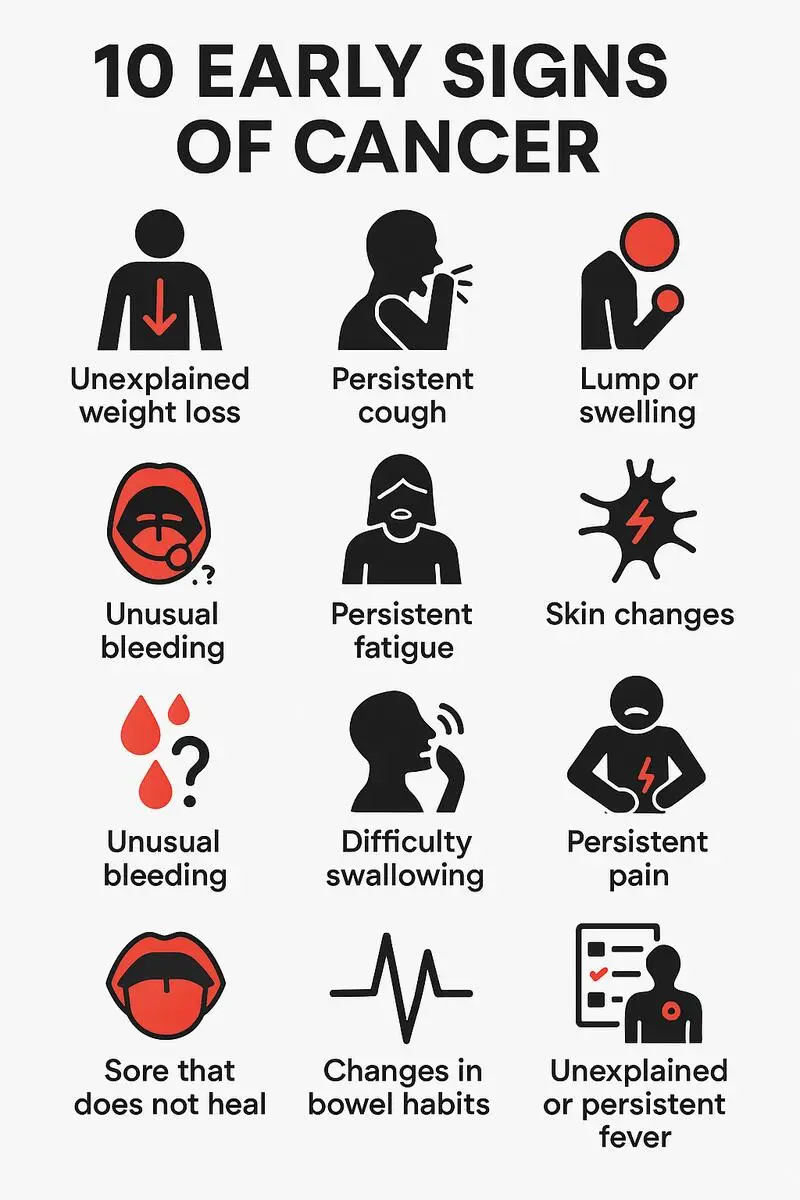- Published on: Jun 17, 2022
- 3 minute read
- By: Second Medic Expert
What Is Lyme Disease?
Lyme disease is an infectious disease that is caused by bacteria of the Borrelia type. The most common symptom of Lyme disease is a skin rash called erythema migrans. Other symptoms include fever, headache, and fatigue. Lyme disease can be treated with antibiotics. Early diagnosis and treatment are important to prevent the disease from progressing and causing more serious problems.
Lyme disease is an infectious disease caused by the bacterium Borrelia burgdorferi. Symptoms include fever, headache, fatigue, and a characteristic rash called erythema migrans. If left untreated, the infection can spread to joints, the heart, and the nervous system. Lyme disease is diagnosed based on symptoms, physical findings such as rash, and the possibility of exposure to infected ticks. laboratory testing is helpful if used correctly and performed with validated methods. Symptoms of Lyme disease can appear anywhere from 3-30 days after a person has been bitten by an infected tick.
Lyme disease is a bacterial infection that can be transmitted to humans through the bite of an infected tick. If left untreated, Lyme disease can cause serious health problems, including arthritis, neurological problems, and death. Early diagnosis and treatment of Lyme disease is essential for preventing these serious complications. There is no vaccine available for Lyme disease, so the best way to prevent it is to avoid exposure to ticks.
Lyme disease is a tick-borne infection that can cause a wide range of symptoms, from mild flu-like illness to severe neurological problems. Lyme disease is caused by the bacteria Borrelia burgdorferi, which is transmitted to humans through the bites of infected ticks. Lyme disease is most commonly found in the Northeastern United States, but it has also been reported in other parts of the country and around the world. Lyme disease can be difficult to diagnose because its symptoms mimic those of other diseases, such as multiple sclerosis and arthritis. If you think you may have Lyme disease, it's important to see a doctor as soon as possible for testing and treatment.
Symptoms of Lyme disease include fever, headache, fatigue, and a characteristic bulls-eye rash. If left untreated, Lyme disease can spread to the joints, heart, and nervous system and cause more serious problems. Lyme disease is diagnosed based on symptoms, physical findings (such as the bull's-eye rash), and the results of blood tests. There is no cure for Lyme disease, but it can be treated with antibiotics. Lyme disease is caused by the bacterium Borrelia burgdorferi and is transmitted to humans through the bite of an infected blacklegged tick.
Lyme disease is one of the most common tick-borne infectious diseases in the United States. It is caused by bacteria from the genus Borrelia, which are transmitted to humans through the bites of infected ticks. Lyme disease can cause a wide range of symptoms, including fever, rash, arthritis, and neurological problems. If left untreated, it can lead to serious health complications. Lyme disease is treated with antibiotics. Early diagnosis and treatment are important to ensure a full recovery. There are several things you can do to prevent Lyme disease. First, avoid areas where ticks are known to reside.
Still not sure what Lyme disease is? Well, you're not alone. Many people remain uninformed about Lyme and its potentially devastating effects. Here's everything you need to know about this often misunderstood illness. Lyme disease is a bacterial infection that is transmitted by tick bites. The most common symptom of Lyme disease is a bulls-eye rash, but other symptoms can include fever, headaches, joint pain, and fatigue. If left untreated, Lyme disease can lead to serious health complications including heart problems and paralysis. Lyme disease is often difficult to diagnose because its symptoms mimic those of other conditions like the flu or arthritis.
Expert Opinion 4
When most people think of Lyme disease, they probably envision a tick crawling on them in the woods and then dealing with a nasty rash and flu-like symptoms. And while that’s certainly one way that you can contract Lyme disease, it’s not the only way. Lyme disease is caused by a spiral-shaped bacterium called Borrelia burgdorferi that is transmitted to humans through the bite of an infected black-legged or deer tick. In the United States, the black-legged tick is most commonly found in the Northeastern, Mid-Atlantic, and North-central regions of the country.
Lyme disease is one of the most common tick-borne illnesses in the United States. Lyme disease is caused by the bacteria Borrelia burgdorferi, and can be transmitted to humans through the bite of an infected tick. Lyme disease can cause a wide range of symptoms, including fever, rash, joint pain, fatigue, and neurological problems. Lyme disease is treated with antibiotics, but if it is not caught early, it can be difficult to treat effectively. Lyme disease can be prevented by using insect repellent and avoiding areas where ticks are prevalent. If you are bitten by a tick, it is important to remove the tick as soon as possible and seek medical attention if you develop any symptoms.
Expert Opinion 5
Lyme disease is a serious infection that can cause a variety of symptoms, including fatigue, muscle and joint pain, cognitive impairment, and even paralysis. If left untreated, Lyme disease can be fatal. Early diagnosis and treatment is essential to the successful management of this condition. Lyme disease is caused by a bacterial infection that is transmitted to humans through the bite of an infected tick. The bacteria that causes Lyme disease, Borrelia burgdorferi, is found in several species of ticks, including the deer tick (Ixodes scapularis) in North America and the European dog tick (Ixodes ricinus) in Europe.









